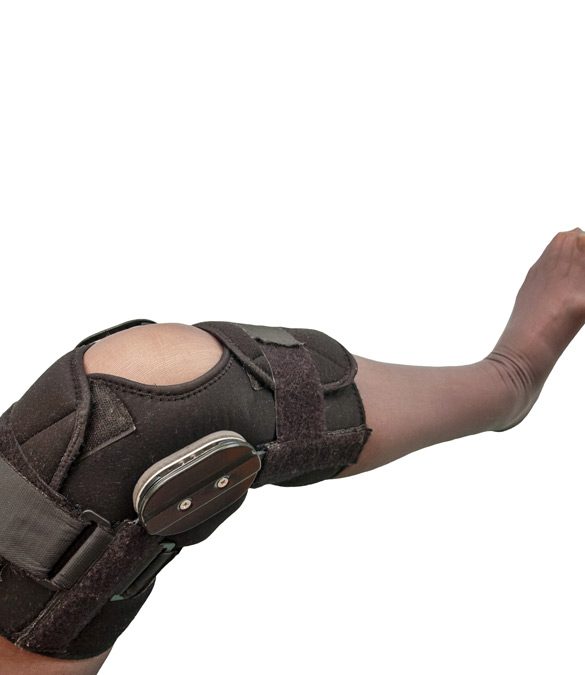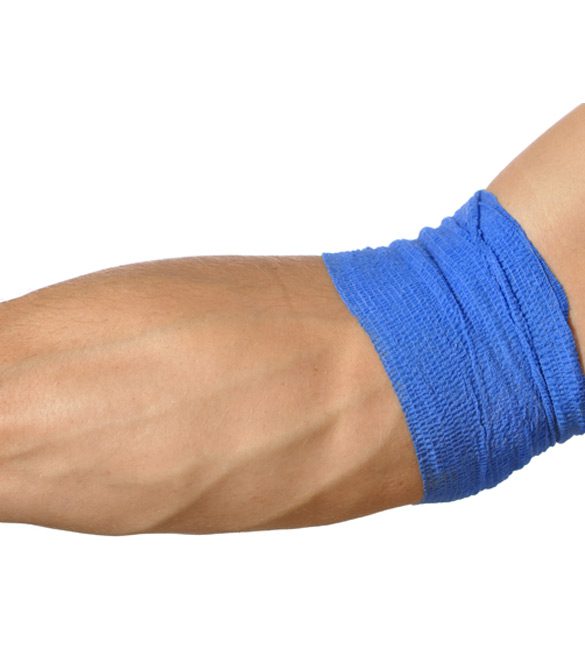Sports-related injuries can range from minor cuts and bruises to persistent back, neck, shoulder, elbow, and knee pain. Whether you’re a seasoned athlete or a weekend warrior, the muscles, bones, and joints that allow you to run, kick, block, and tackle are susceptible to stress, strain, and other injuries, usually from overuse or an unexpected impact. Luckily, most injuries related to sports respond well to a personalized treatment plan based on symptoms and patient goals.

Who’s at Risk?
Anyone who actively participates in a sport is susceptible to injury. Children and teens experience injuries of this nature more often since they’re in the age group where organized sports are played the most. More than 3 million children 14 years of age and under are injured each year while playing sports, with most injuries related to contact sports such as baseball and softball, football, and hockey.
Common Sports Injuries
Sprains and strains from overuse are the likely cause of most sports injuries. Sudden pulls and twists can cause thick bands of tissue to become damaged or torn. Strains occur from over-extension when muscles, tendons, and ligaments are stretched beyond a normal capacity. Joints at the knees, elbows, ankles, wrists, and shoulders are equally susceptible to injury. It’s inflammation and swelling that can make it difficult for joints to move as intended without some degree of pain or discomfort. Specially, the most common sports injuries are:
- Ankle sprains and shin splints
- Groin pulls
- Hamstring strains
- ACL tears and other knee injuries
- Epicondylitis (tennis elbow)
- Repetitive movement injuries like patellofemoral syndrome
Signs of a Possible Injury
The most immediate sign of a sports injury is pain suddenly developing while actively participating. Some injures, especially those involving tissues rather than damage to joints or bones, produce symptoms that appear later. If tissues connected to joints are affected, signs of an injury may include pain felt in certain positions or when weight is placed on an affected joint. Playing through the pain rather than taking time to rest or modify movements can aggravate tissues already in the process of healing.
Diagnosis and Treatment
A physical exam and a patient’s account of how the injury occurred play a role in the diagnosis of sports injuries. Suspected causes of pain are confirmed with X-rays, CT scans, and MRI scans. Some patients may undergo neurological testing to pinpoint the source of discomfort. The treatment of sports injuries often involves the RICE method: rest, ice, compression, and elevation. Treatment may also include:
- Short-term use of prescription pain medications
- Non-steroidal anti-inflammatory drugs (NSAIDs)
- Epidural injections or nerve blocks
- Rehabilitation and muscle reconditioning
- Surgical repair of damaged tissues

Not all possible sports injuries are preventable. For those that are, muscle strengthening and conditioning exercises and proper warm-ups can minimize the risk of being sidelined. Wearing equipment that’s the right size and fit also provides added protection. Learn when to take a break, get some rest, or apply heat or ice to the affected area. Seek medical attention for any pain that’s sudden, sharp, or lasting for more a few days.
